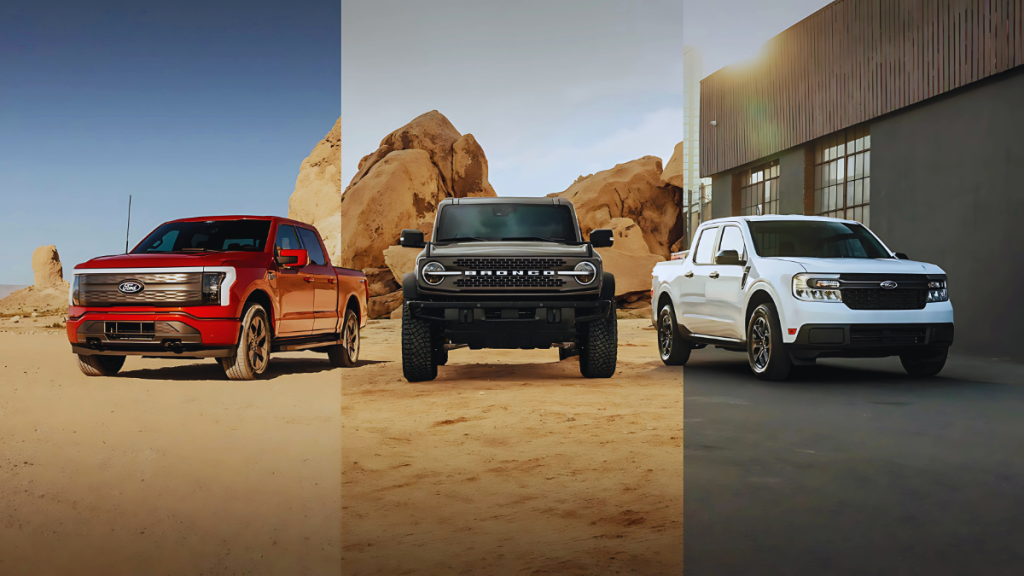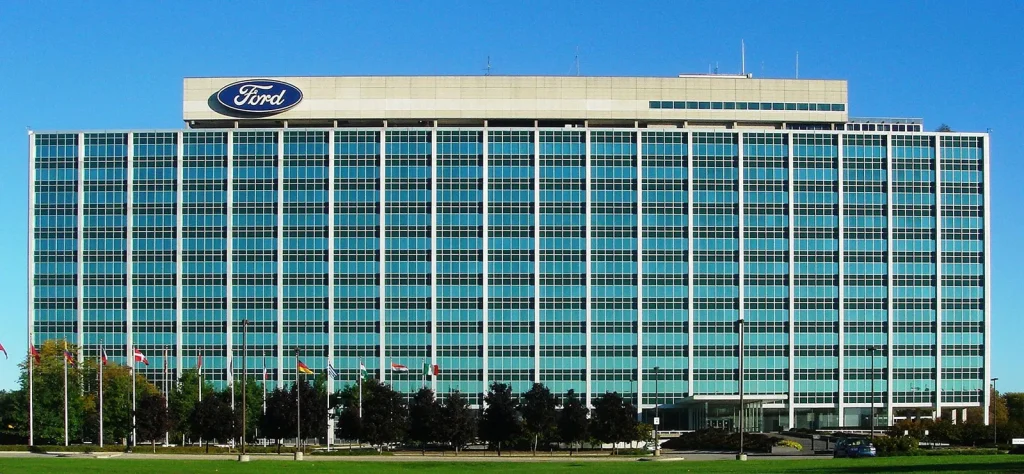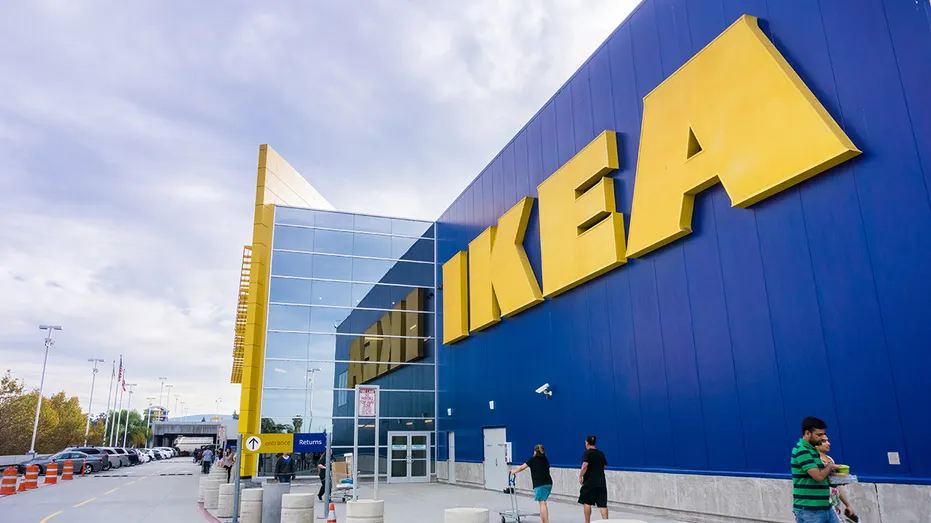
Introduction: IKEA’s Boldest Move Yet
IKEA, the Swedish furniture giant known for its flat-pack furniture and wallet-friendly home solutions, has just dropped a bombshell announcement that’s set to shake up the entire U.S. retail industry: a record-breaking $2.2 billion investment aimed at opening 17 brand new stores across the United States.
This is more than just an expansion—it’s IKEA’s biggest single investment in the country to date, and it signals a renewed commitment to American consumers at a time when many brands are pulling back on physical retail.
So, what does this massive move mean for shoppers, competitors, and the future of furniture retail in the U.S.? Let’s dive deep.
A Closer Look at the $2.2 Billion Expansion
Key highlights of the expansion:
- Investment Amount: $2.2 billion, IKEA’s largest ever in the U.S.
- New Stores: 17 new stores, strategically located across urban and suburban hubs.
- New Pick-Up Locations: Dozens of new planning studios and pick-up points to blend physical and digital shopping.
- Job Creation: Tens of thousands of new jobs—from retail staff to logistics experts.
IKEA’s U.S. CEO, Javier Quiñones, described the move as “a bold commitment to grow our physical presence, support local communities, and make IKEA more accessible than ever.”
The investment also includes massive upgrades to logistics and supply chains, ensuring that the new stores can meet rising consumer demand with shorter delivery times.
Where Are the New IKEA Stores Opening?
While IKEA has not yet confirmed every exact address, it’s clear that the brand is targeting underserved metro areas and high-demand suburban regions.
Expected locations include:
- Growing cities like Austin, Nashville, and Charlotte.
- Expansions in major urban centers like Los Angeles, Chicago, and New York.
- New stores in secondary cities where IKEA currently has limited reach.
- Several smaller-format “planning studios” in city centers for easy access.
These new stores are designed to fill the gaps in IKEA’s U.S. footprint, making it easier for millions more Americans to buy affordable Scandinavian furniture without traveling hours to the nearest store.
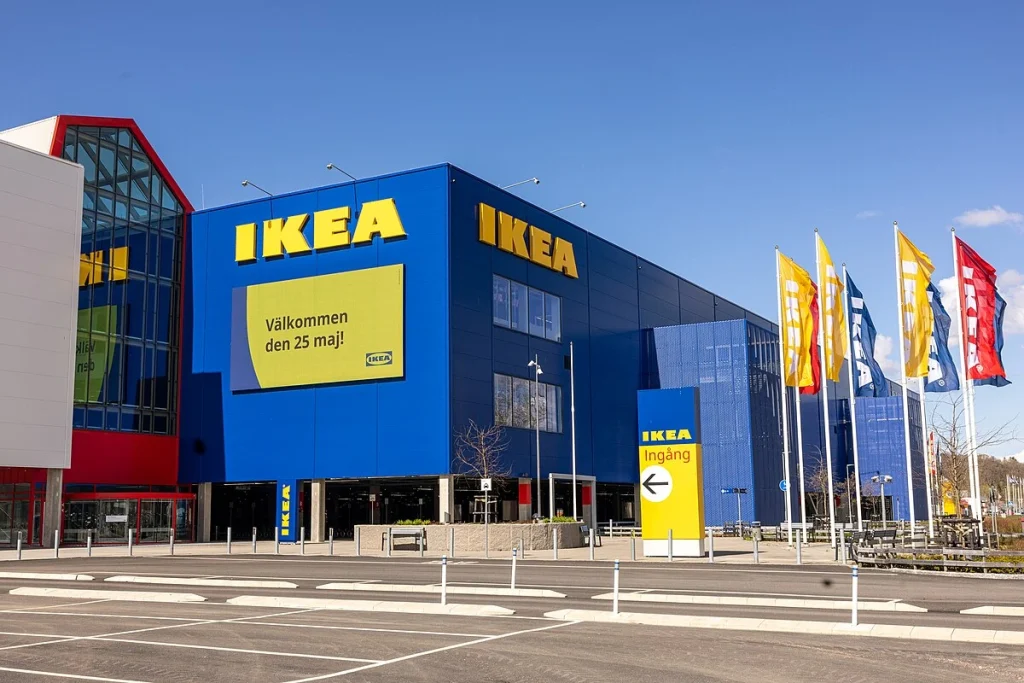
IKEA’s Strategy: Why the U.S. and Why Now?
The timing is no accident. Several factors influenced IKEA’s massive bet on the U.S.:
- Pandemic Shopping Shifts: The COVID-19 pandemic changed how Americans shop for furniture. Home offices, home improvements, and a desire for affordable, flexible furniture solutions fueled a surge in IKEA’s popularity.
- Demand for In-Person Experiences: Despite e-commerce growth, many shoppers still want to see, touch, and test furniture in person.
- Supply Chain Improvements: IKEA has worked hard to overcome supply chain disruptions that plagued the industry in 2021–2022.
- Competitor Weaknesses: Some rivals are struggling with rising costs and store closures, giving IKEA a chance to capture more market share.
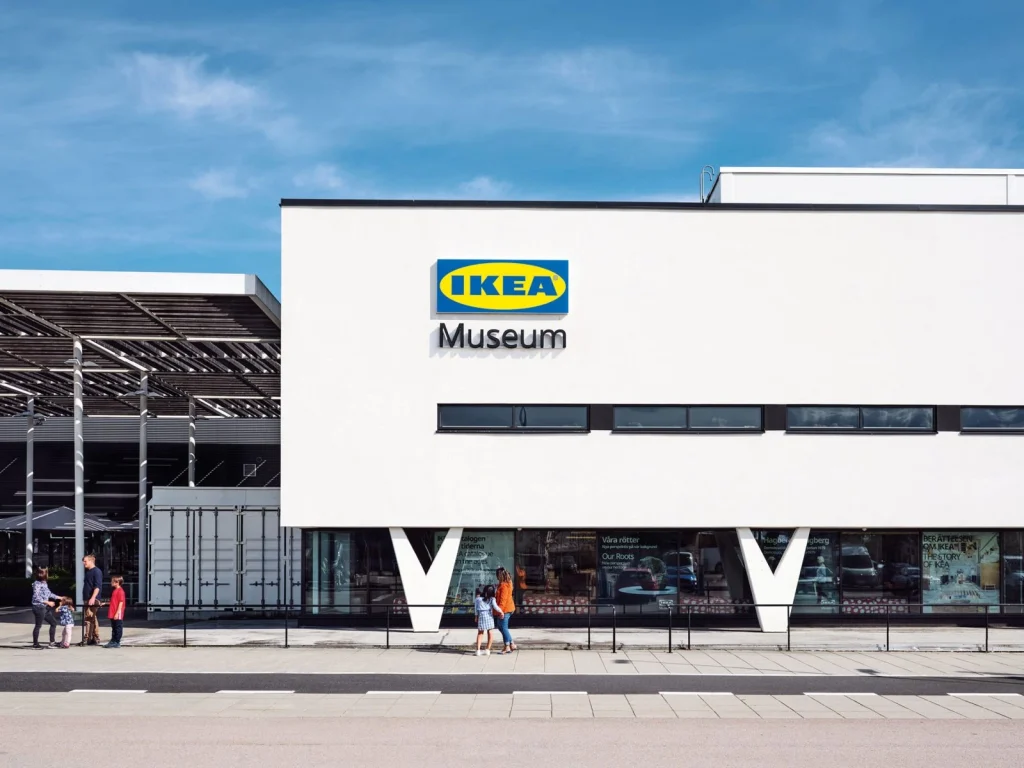
IKEA’s History in America: From First Store to Record Growth
IKEA’s American journey started in 1985 with its first U.S. store in Philadelphia. Back then, the idea of building your own furniture with a little Allen wrench was quirky—but the low prices and smart designs caught on fast.
Fast forward to today, IKEA operates 50+ stores in the U.S., with over 19,000 employees and millions of loyal customers. But even with this footprint, many large U.S. regions remain far from an IKEA. This expansion aims to fix that gap.
How This Expansion Impacts American Retail
IKEA’s massive investment will send ripples through the entire retail landscape.
Key impacts include:
- Price Pressure on Competitors: Brands like Target, Walmart, and Wayfair may be forced to adjust pricing or expand their own home goods lines to stay competitive.
- Higher Customer Expectations: Shoppers will expect better showrooms, more sustainable options, and faster delivery from everyone in the home goods sector.
- Boost to Physical Retail: At a time when headlines focus on store closures, IKEA is doubling down on brick-and-mortar.
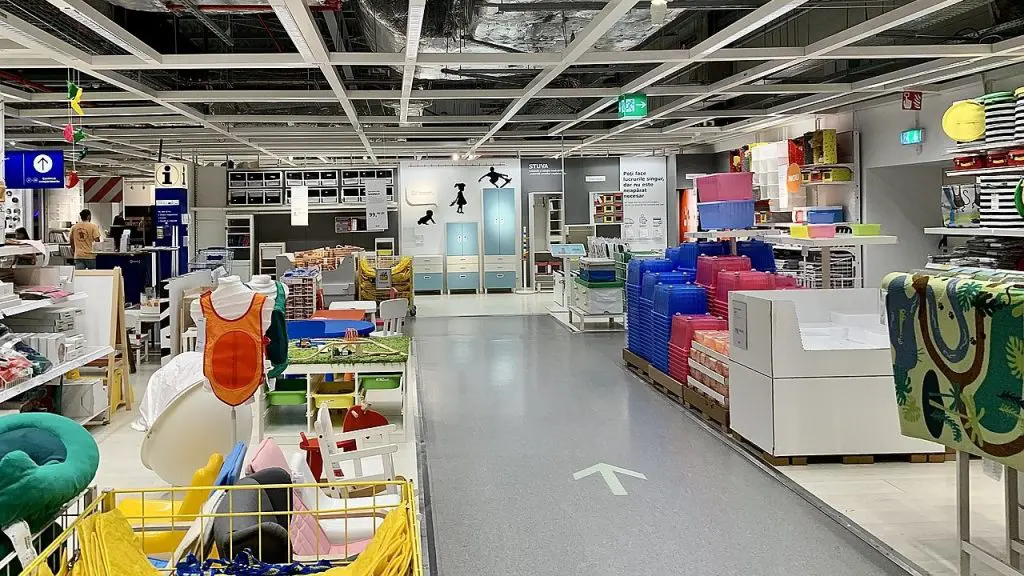
What Shoppers Can Expect: More Than Just Furniture
IKEA’s new stores aren’t just warehouses full of flat-pack furniture. The expansion includes:
- Updated Showrooms: New layouts to inspire home design ideas.
- Enhanced Cafés: Expect even bigger food courts with IKEA’s famous Swedish meatballs and plant-based options.
- Click-and-Collect: Easier online ordering with local pickup.
- Sustainability Hubs: New stores will highlight IKEA’s eco-friendly products and circular economy efforts.
Shoppers will also benefit from shorter delivery times as regional warehouses expand alongside the new stores.
IKEA’s Sustainability Promise in the New Expansion
Sustainability is a huge part of IKEA’s brand promise. The new stores and supply chain upgrades aim to support:
- Carbon-neutral operations by 2030.
- Energy-efficient buildings with solar panels and electric vehicle charging stations.
- More recycled and renewable materials in products.
- Furniture buy-back programs to reduce waste.
This aligns with growing consumer demand for eco-friendly options when furnishing their homes.

Competitors’ Reaction: Target, Walmart, Amazon & Beyond
How are IKEA’s rivals responding?
Target and Walmart are likely to double down on their home goods and furniture offerings, possibly with new in-store experiences and collaborations with designers.
Amazon remains IKEA’s biggest online threat. However, IKEA’s unique in-store experience, massive showrooms, and food courts are tough to replicate online.
Expect smaller regional furniture chains to feel the squeeze too, as shoppers flock to IKEA’s affordable prices.
The Economic Ripple Effect: Jobs and Local Business Growth
IKEA’s expansion is expected to create 10,000–15,000 direct jobs in the U.S., with thousands more in related industries like construction, logistics, and supply chain management.
Local businesses—from trucking companies to local suppliers—will also benefit from IKEA’s massive regional spend.
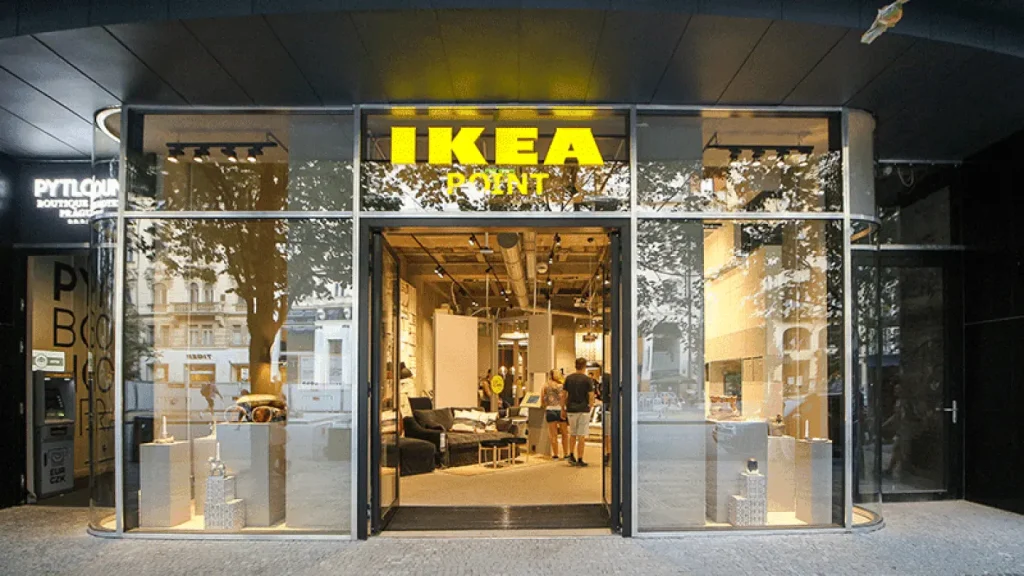
IKEA’s Future: Could Even More Stores Be Coming?
Analysts suggest this might just be the beginning. If the new stores outperform expectations, IKEA could announce further expansions in smaller cities and rural regions that still lack access.
Challenges IKEA May Face in the U.S. Market
It’s not all smooth sailing. Potential hurdles include:
- Supply Chain Disruptions: Global shipping remains unpredictable.
- Rising Costs: Inflation and labor costs could squeeze margins.
- Changing Consumer Preferences: More shoppers want custom or vintage furniture, which IKEA doesn’t offer.
- Assembly Complaints: Flat-pack furniture can be frustrating for some buyers.
Expert Opinions: Analysts Weigh In
Retail experts generally see IKEA’s move as smart and well-timed.
“Consumers want affordability, sustainability, and a physical experience—IKEA checks all three boxes,” says retail analyst Deborah Weinswig.
“This is a clear signal that brick-and-mortar retail isn’t dead—it’s evolving.”
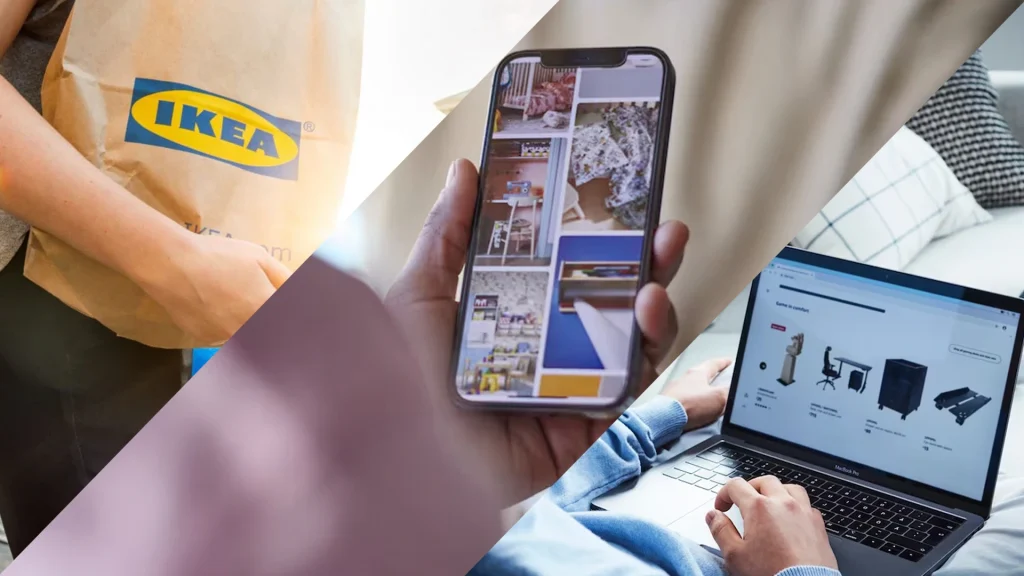
IKEA’s Digital Push: E-commerce Meets Brick-and-Mortar
IKEA isn’t ignoring online shoppers. The new stores will double as local fulfillment hubs, speeding up delivery for online orders.
The company is also investing in AR (augmented reality) tools to let customers preview furniture in their homes before buying.
Customer Voices: What Do Shoppers Think?
Early reactions are overwhelmingly positive. Many Americans living hours from an IKEA are thrilled they won’t have to plan a road trip to get a bookshelf or meatballs.
FAQs: IKEA’s U.S. Expansion—Everything You Need to Know
Q: When will the new IKEA stores open?
A: Opening dates vary by location but expect rollouts starting late this year and continuing through the next few years.
Q: Will prices go up?
A: IKEA says its goal is to keep prices stable despite inflation, thanks to local supply chain efficiencies.
Q: Will IKEA add more pickup points too?
A: Yes, dozens of new planning studios and pickup locations are planned.
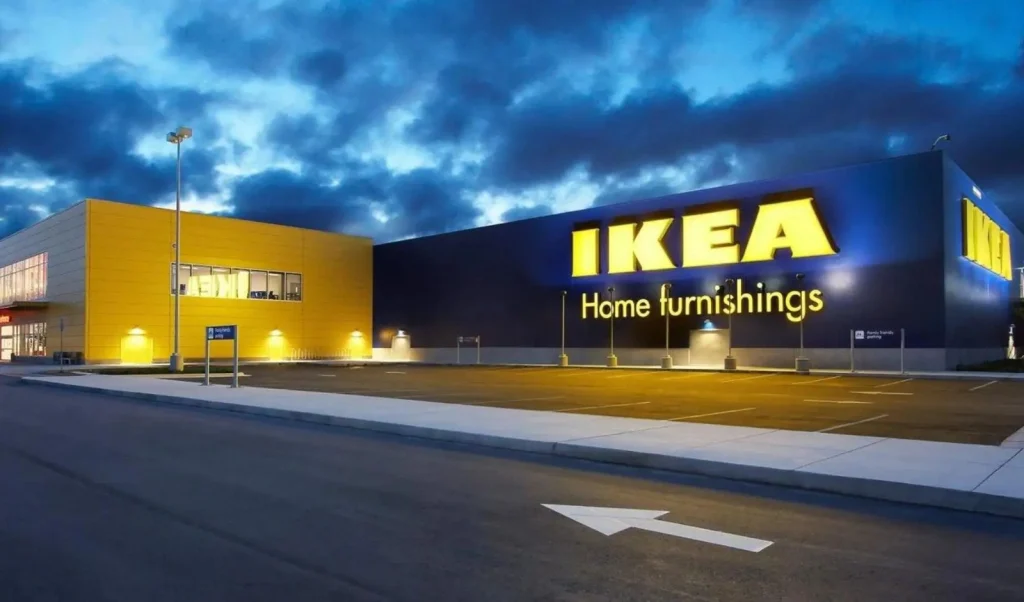
Conclusion: A New Era for IKEA and U.S. Shoppers
IKEA’s $2.2 billion U.S. expansion is more than just a real estate move—it’s a statement of confidence in American shoppers, local economies, and the future of physical retail.
With 17 new stores, thousands of new jobs, and better accessibility, IKEA is positioning itself as the go-to furniture brand for millions more Americans.
For shoppers, this means more choice, more inspiration, and more Swedish meatballs within reach.
So, get ready—the next time you plan your dream living room or hunt for affordable kitchen solutions, there’s a good chance IKEA will be right around the corner.

